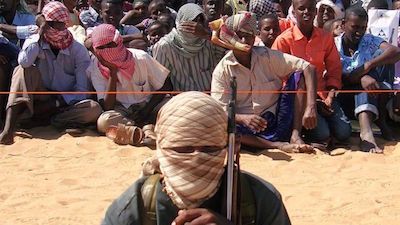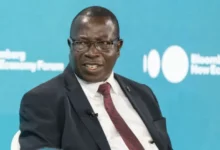
Somalia’s militant Islamists remain relatively undiminished, despite a 12-year United Nations (UN-backed) campaign against them, largely thanks to its sophisticated web of spies, writes the BBC’s Mary Harper.
Often, when I return to the UK from Somalia, I get a phone call from al-Shabab. It usually happens even before I talk to my family, while I am waiting for my luggage or in a taxi on the way home.
Once, after a trip to the south-western Somali town of Baidoa, I was given a detailed account of what I had done and where I had been.
“You walked to a bank but it was shut. You knocked on the doors and tried to open them. You took some photos,” said the man from al-Shabab, an affiliate of al-Qaeda.
“Your bodyguards were not at all professional. They were wandering about, chatting amongst themselves with their guns slung around their shoulders, instead of keeping watch over you.”
When I ask members of al-Shabab how they know all these things, how they can be so accurate, my contacts simply tell me they have friends everywhere.
I tell them I am scared they know my itinerary so intimately, but they tell me not to worry as they have far more important targets than me. However, they do say I could be in “the wrong place at the wrong time” and suffer the consequences.
I presume some of the people who track my movements in Somalia are part of the militant group’s ruthless intelligence wing, the Amniyat. Others might be people who work on a “pay-as-you-go” basis, receiving small sums for imparting information.
Even more terrifying is the way the militants track people they want to recruit, threaten or kill.
“Al-Shabab are like djinns [spirits]. They are everywhere,” said one young man the militants wanted to punish because he sold fridges and air conditioners to members of the UN-backed Somali government and the African Union intervention force [AMISOM], both considered enemies by al-Shabab.
Another man who had defected from al-Shabab explained how, one day, a member of the group called him to tell him the colour of the shirt he was wearing and which street he was walking down on a particular day at a particular time. –BBC






